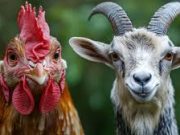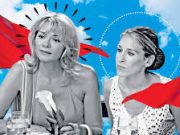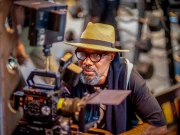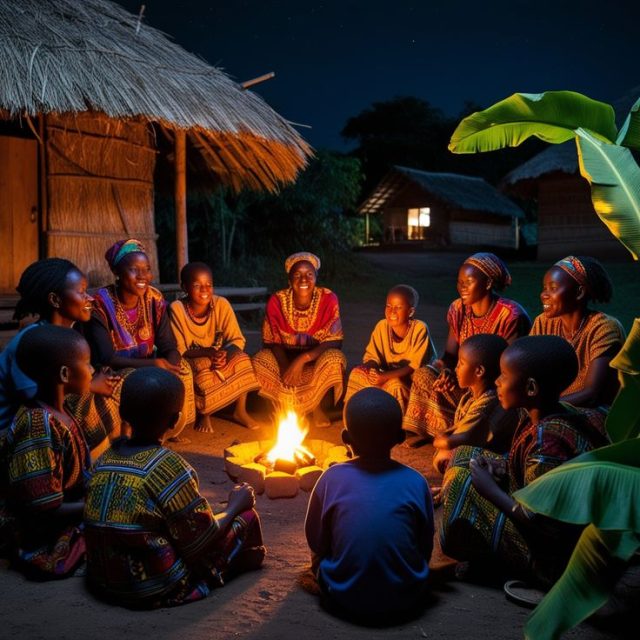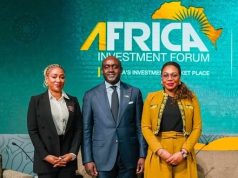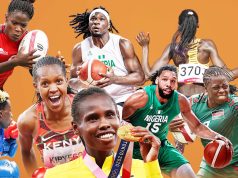Once upon a time, African folktales lived in the flicker of kerosene lamps, the rustle of banana leaves, and the hushed voices of grandmothers saying, “And that’s why the tortoise has a cracked shell…”
In 2025? They’re living on YouTube Kids, Netflix Jr., and Instagram Reels—with slick animation, Swahili voiceovers, and sound effects that’ll make your toddler do a happy dance.
Welcome to the renaissance of East African animated storytelling 2025, where ancient wisdom meets Wi-Fi, and trickster hares outsmart not just leopards—but algorithm bots.
Gone are the days when African kids had to imagine themselves into Western cartoons. Now, Nairobi-based studio Ubunifu Animation is dropping “Safari Scouts”, a series where a team of animal friends (led by a tech-savvy dik-dik named Diko) solve eco-mysteries using Maasai proverbs and solar-powered gadgets. Meanwhile, in Dar es Salaam, Zantaa Studios just launched “Mama K’s Kitchen Tales”—a cozy, food-filled universe where jollof rice debates double as lessons in patience, and ugali teaches teamwork.
But the real magic? Grandma’s stories are trending.
Take “Hadithi za Mchana” (“Daytime Tales”), a YouTube channel run by a retired teacher in Kampala. Her hand-drawn animations of Hare and Hyena arguing over who invented “work-from-home” have racked up 12 million views—and inspired a line of board books sold in Nakumatt and Carrefour. Even better? She narrates in Luganda, Swahili, and English, so kids across East Africa hear their own rhythms in the dialogue.
What’s fueling this boom?
✨ Streaming platforms are finally listening: Netflix’s “African Folktales Reimagined” (2025) features three East African directors, including Kenya’s Wanuri Kahiu, who reworked a Kikuyu moon myth into a dreamy, Afrofuturist lullaby.
✨ Parents want mirrors, not just windows: “I don’t want my daughter thinking magic only lives in castles,” says Nairobi mom Amina Juma. “I want her to know it’s also in the baobab behind our house.”
✨ Local talent, global tools: With affordable animation software and AI-assisted dubbing, creators in Mombasa or Arusha can produce studio-quality shorts from home—and monetize them via YouTube’s new “African Kids Content Fund.”
And yes—Anansi the Spider does have a TikTok.
(@Anansi_Official, 892K followers, bio: “Weaver of webs & Wi-Fi passwords. Not liable for your cousin’s drama.”)
Critics call it “commercializing tradition.” But creators disagree. “These stories were always meant to evolve,” says Zawadi Kimaro, lead writer on “Tales from Uhuru Park.” “If our ancestors could tell stories by firelight, why can’t we tell them by smartphone light?”
So this Sunday, skip the generic cartoon reruns. Queue up an episode where the hero speaks your child’s language, the landscape looks like home, and the moral isn’t “be a princess”—but “be clever like the hare, kind like the baobab, and always share your mandazi.”
Because in East African animated storytelling 2025, the future of imagination isn’t imported.
It’s inherited—and animated in glorious 4K.
Follow us on Instagram.
https://www.instagram.com/businessnewsng?igsh=ZXpweTdjOGF1ZXdu





